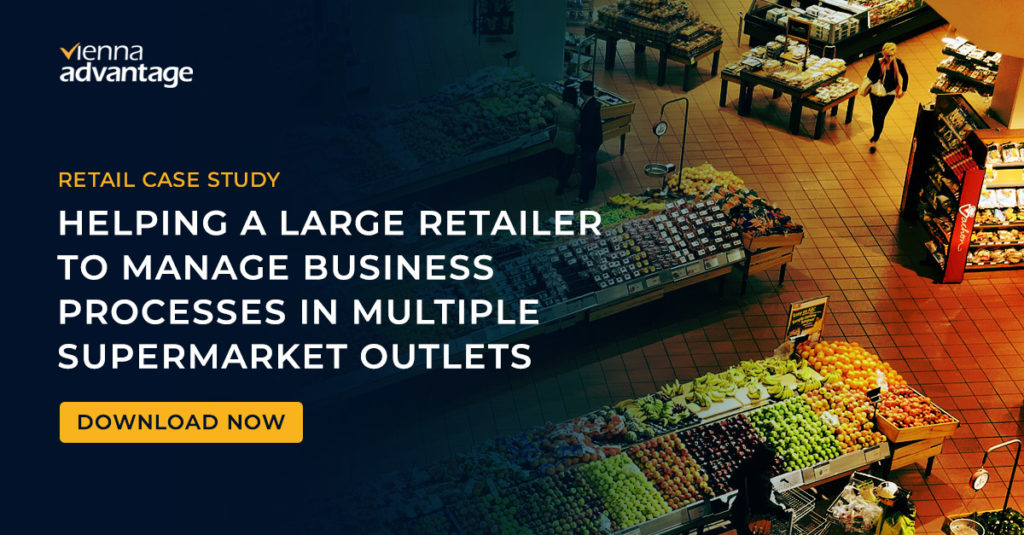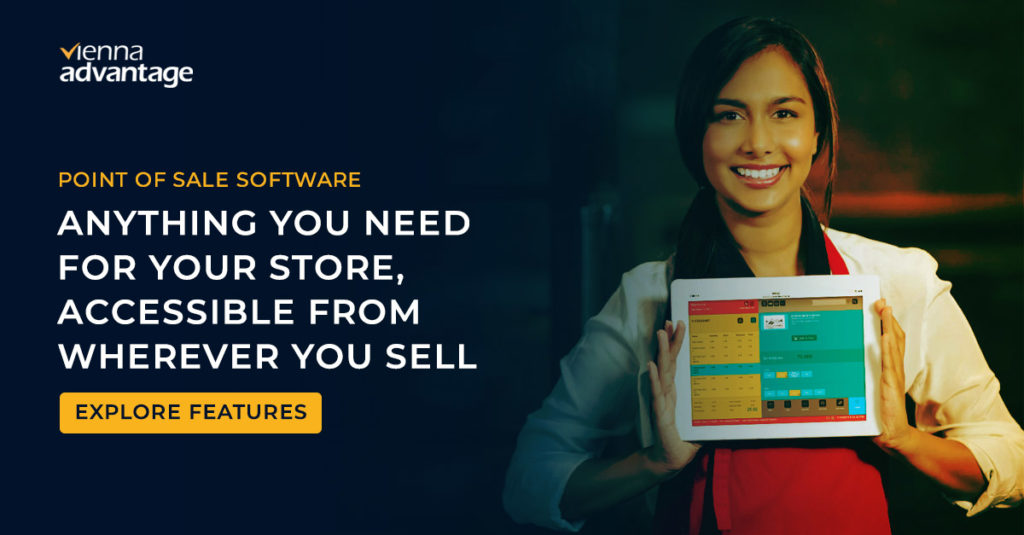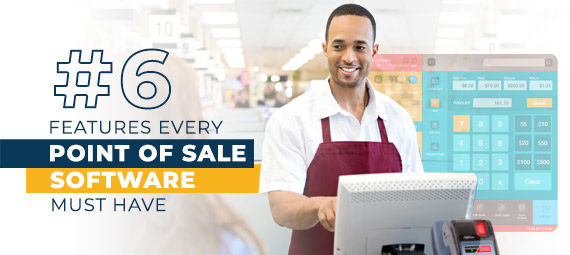The first thing that comes to mind when you think of retail business is the Point of Sale software, or as it is more commonly known – the POS system. Store footfall is a key metric that is monitored across the retail industry. Consequently, the industry is characterized by high transaction volumes and rapid inventory turnover. As such, the Point of Sale software is one of the most crucial parts in the cog of retail operations. This brings us to the key question:
What should determine the choice of a Point of Sale software for a retail organization?
In this article, we examine a few key points that retailers should consider while choosing a suitable POS.
#1 Product and Product Variant Catalogue
Retailers deal not merely with a high volume of transactions, but also with a large number of stock-keeping units (SKUs). For any given product, there could be several variants, with each variant having a distinct stock count and, often, differential pricing. While the retail industry has standardized the usage of barcode readers, there are instances where barcode tags go missing, leading to long queues of unhappy customers. A reliable Point of Sale software should allow the cashier several options to look up product details and search for products using several criteria at the time of checkout. This would ensure minimum disruption at checkout and smooth checkout operations.
#2 Integration with ERP for Inventory Visibility
The POS system is the most important customer-facing system in every retail operation and is the de-facto “front-end”. However, a standalone Point of Sale software is not valuable for the business because such a system would be isolated without the ability to exchange information with an inventory or a pricing system. It is therefore important that the POS is integrated with a back-end Enterprise Resource Planning (ERP) system that stores inventory, pricing, and product-related information. Specifically, in a multi-store environment, a retail chain may sell the same product from several retail outlets in a city. If a particular store runs out of stock on a particular product, the store manager can redirect the customer to another store with adequate stock without a net loss of business to the organization.

#3 Serial Number and Batch Management
Retail operations dealing with perishable commodities or pharmaceuticals have very stringent requirements on the movement of their inventory from production to retail sales. In many cases, businesses need to enforce track and trace mandates to ensure that their retail stores are not selling expired or outdated products. In order to do that, the backend ERP system manages inventory on either a FIFO (First-In-First-Out) or a FEFO (First-Expire-First-Out) logic. Consequently, the POS system must display these crucial pieces of information to the checkout staff and alert them if the customer accidentally purchases an expired product. A Point of Sale software therefore must have the “intelligence” to detect potentially risky transactions to help retailers manage risks and ensure compliance. For this to happen, the POS should certainly have the ability to integrate with a backend ERP and should have the on-device intelligence to flag potentially risky checkout transactions. The VIENNA Advantage POS provides native integration with the VIENNA Advantage Retail ERP solution, which provides businesses with the option to manage a variety of inventory policies.
#4 Manage Returns and Store Credits
Managing customer returns is a reality of the retail business. In several studies, businesses have found out that providing clear and definitive return and refund policies have dramatically increased customer trust. It follows naturally that a suitable POS is one that is seamlessly designed to handle customer returns, refunds, exchanges, and balance the commercial implications of these transactions. It is also worth noting that these customer transactions are not localized to the store but impact the inventory, costing, and accounts of the overall business. It is therefore important that once these transactions are captured on the Point of Sale software, they are communicated instantaneously to the backend system. This would ensure that product inventory and costing reporting is accurate and that the head office has a real-time oversight of all retail operations.
#5 Customer Records Management
For retailers, the world over knowledge of customer behavior is extremely valuable. Not only does it help them design incentive and loyalty programs, but in many cases, helps retailers customize store layouts and brand availability based on the preference of the local demography. An ideal Point of Sale software should provide retail businesses with the possibility to non-intrusively capture and manage customer data and all the while be compliant with local data privacy laws. The power of integrating POS data with a backend ERP would also give organizations the ability to synthesize customer data from several channels – online and offline. This can result in several initiatives to optimize the customer experience and provide targeted promotions.
4 Key Customer Management Features of Modern Point of Sale System
#6 Payment method integration
From the era where customers predominantly paid in cash or with a card, customers now have a variety of payment options. Innovative companies are bringing newer payment methods that are either more convenient to use or provide customers with better ways to manage their cashflows. The recent trend towards mobile payments and payments through other wearable devices is only going to proliferate. Also, financial innovations such as BNPL (Buy now, pay later) products help customers make large-ticket purchases by splitting the gross cart value into convenient installments. For a POS to move with the times, it is crucial to provide integration options with these modern payment methods and ensure that retailers do not lose out on serving customers merely because they did not have the means to accept payment for a purchase. The VIENNA Advantage POS solution has a comprehensive web services layer that makes it possible to integrate it with multiple payment options and make sure you never lose a customer.
The retail industry is changing extremely rapidly and the Point of Sale software should keep pace. No longer is the physical storefront the only sales channel and businesses move to an omnichannel retail model. The onset of the global pandemic only added to this momentum, with retailers expecting a holistic solution instead of an isolated one that sits on their checkout counter. VIENNA Advantage POS provides modern retailers with such an alternative.

Continue reading:
10 Must-Have Retail ERP Software Features
Food Retail Success Story: VIENNA Advantage Retail Management Solution
Discount Schema and Reward Points in VIENNA Advantage POS
How to manage bar codes with VA POS in Apparel and Fashion Retail?



